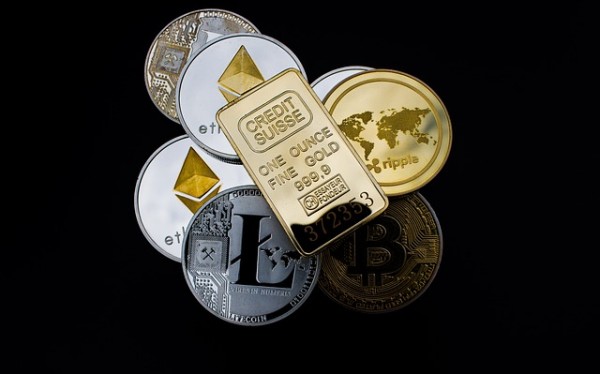NFTs are increasingly popular due to their ability to store distinctive data and represent digital items such as artwork, music, or other digital assets on blockchain technology. This article will discuss how the blockchain works with NFTs and cryptocurrency and will look at the potential future of the blockchain.

How do NFTs work?
NFTs are stored in an Ethereum wallet, which is an address on the Ethereum blockchain. When a user wants to transfer an NFT, they broadcast a transaction to the Ethereum network. Smart contracts are pieces of code that enable users to store and exchange digital assets securely. The transaction is then processed by miners, who authenticate it and add it to the blockchain. Once the transaction is processed and added to the blockchain, the new owner of the NFT is recorded.
Any transaction made will be done with cryptocurrency, and you’ll need to have a wallet for your cryptocurrency. Any secure wallet will be able to offer proof of reserve, which you can learn more about here – what is proof of reserves?
Understanding the blockchain technology behind NFTs
As discussed, blockchain is a distributed public ledger technology that enables users to securely store and transfer digital assets. It is an immutable and secure technology that allows users to trust their transactions. As mentioned above, miners validate the transactions and add them to the blockchain, after which the new owners of the NFTs are recorded.
The blockchain technology behind NFTs is different from other digital assets in that it is more secure and trustable. This is due to the fact that NFTs are built on the Ethereum blockchain – a fully decentralized and immutable platform.
NFTs and cryptocurrency
NFTs are often associated with cryptocurrency due to their underlying blockchain technology. Cryptocurrency is one form of digital currency that is powered by blockchain technology and is used to store and transfer value securely. NFTs are operated by the same blockchain technology and can be used to store and transfer digital assets securely.
As a result, NFTs can be used to facilitate cryptocurrency transactions. For example, NFTs can be used to represent digital assets that are traded for cryptocurrency. This makes it easier for users to store and transfer digital assets much more securely.
In addition, NFTs can be used to facilitate complex financial transactions. For instance, NFTs can be used to represent complex financial instruments such as derivatives and futures. This makes it easier and safer for users to store and transfer these instruments.
NFTs and the future of blockchain technology
NFTs are a promising application of blockchain technology and have the capacity to revolutionize the way digital assets are stored and exchanged. As the technology matures, NFTs could be used to facilitate a variety of transactions, from digital art to gaming.
In addition, NFTs could be used to facilitate complex financial transactions, such as derivatives and futures, opening up new opportunities for financial institutions and enabling users to store and transfer complex financial instruments securely.
Finally, NFTs could be used to facilitate cryptocurrency transactions. This could make it easier for users to store and transfer digital assets securely and could open up new opportunities for cryptocurrency users.
Conclusion
NFTs are powered by blockchain technology, which is the underlying technology for cryptocurrencies such as Bitcoin and Ethereum. NFTs can be used to represent various digital assets, from collectibles to artwork. In addition, NFTs can facilitate cryptocurrency and complex financial transactions such as derivatives and futures.
